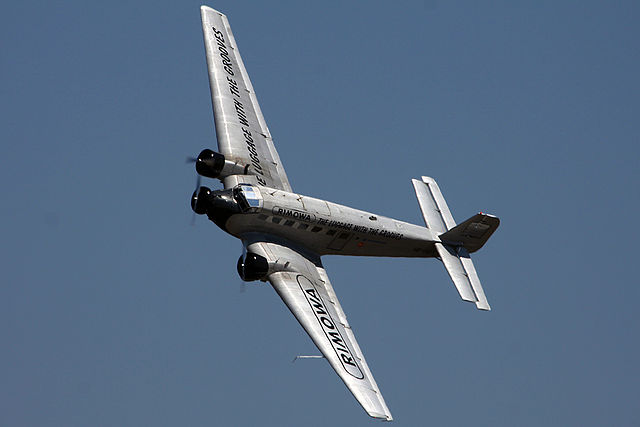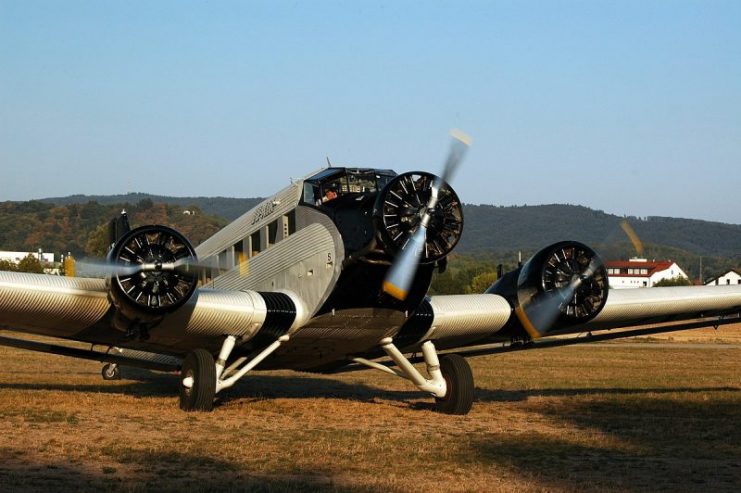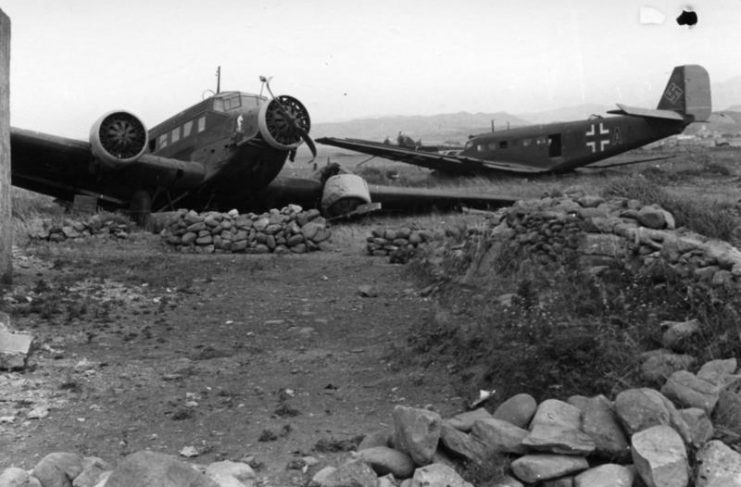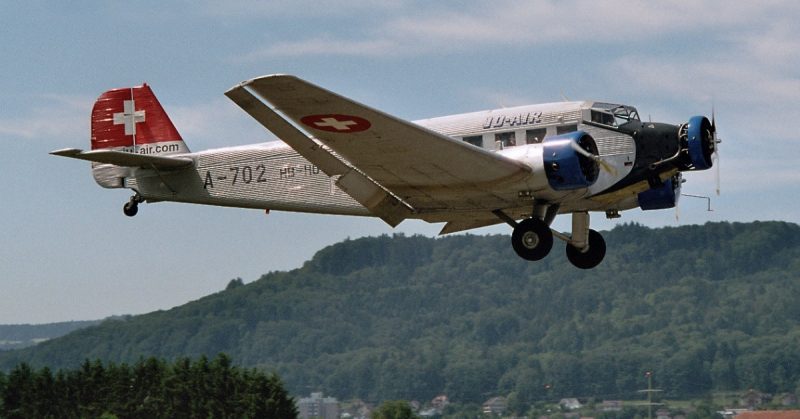The JU-52 was an effective transport plane prior to the Second World War, but was deemed to be technically obsolete by the beginning of the war.
The Swiss Federal Office of Civil Aviation has called a halt to commercial JU-52 flights by historic plane operator Ju-Air following a deadly crash in August 2018 in which all twenty crew and passengers died. All three remaining JU-52s operated by the company were subsequently grounded in fall 2018.
The plane that crashed was a Junker JU-52 HB-HOT and was built in Germany in 1939. The aircraft plunged into the Piz Segnas mountain in the eastern canton of Grisons at about 8,200 feet. An eyewitness said the plane had turned 180 degrees before quickly falling to the ground.
Ju-Air’s planes are flown by ex-services volunteers and the aircraft are not restricted from private use if there are sufficient technical and operational flight requirements in place.
Two of the three remaining Junkers were also constructed in 1939 and are likely to be affected by the same issues that were reportedly responsible for the crash.

The JU-52 was an effective transport plane prior to the Second World War, but was deemed to be technically obsolete by the beginning of the war. The plane remained in service with the Spanish Air Force well into the 1970s.
The aircraft were slow and required fighter escorts whenever flown near combat zones, but they proved reliable and were adopted as the standard troop and equipment transport plane by the Luftwaffe, and some were also used as air ambulances.

Nearly three-thousand JU-52s were delivered to the Luftwaffe between 1939 and 1944, but their attrition rate was immense. During the final months of the Battle of Stalingrad, 480 JU-52s were shot down by anti-aircraft guns or fighter planes.
More than 1,000 flight personnel were also lost during Hitler’s desperate bid to resupply the trapped Sixth Army.
By the end of the war, the Luftwaffe had just two-hundred airworthy JU-52 aircraft remaining due to their vulnerability to enemy fire. In the two-week Allied assault on Sicily, over 140 JU-52s were destroyed, which culminated in the so-called ‘Palm Sunday Massacre’ when 24 JU-52s were shot down and 35 more were badly damaged and put out of service.

Hitler used a JU-52–named the Immelmann II after Max Immelmann, the First World War German flying ace who invented the aerial combat maneuver of the same name–as his personal transport during the 1932 German election campaign.
After becoming chancellor, Hitler’s personal air force grew to number around fifty planes, most of which were JU-52s. In September 1939 he upgraded his personal transport to a four-engined Focke-WulfeFw 200 Condor.
Ju-Air said in a statement released on April 4, 2019 that it is currently running a program of total restoration on the three remaining aircraft in its hangar.
While there were plans to maintain one JU-52 in the air throughout the summer of 2019, this has since been abandoned as it would not be cost effective. Instead, all flights are suspended until the Spring of 2021.
Read another story from us: “Jericho Trumpets” – The Junkers Ju-87 Stuka in 32 Amazing Photos
Numerous structural components within the wings, fuselage, undercarriage, and tail unit are to be replaced, as well as a number of engine and fuel system parts.
All the required components will have to be made to order by specialist certified aviation manufacturers since no new spare parts are available. The overhaul of the planes is therefore expected to take around 20 months to complete.
